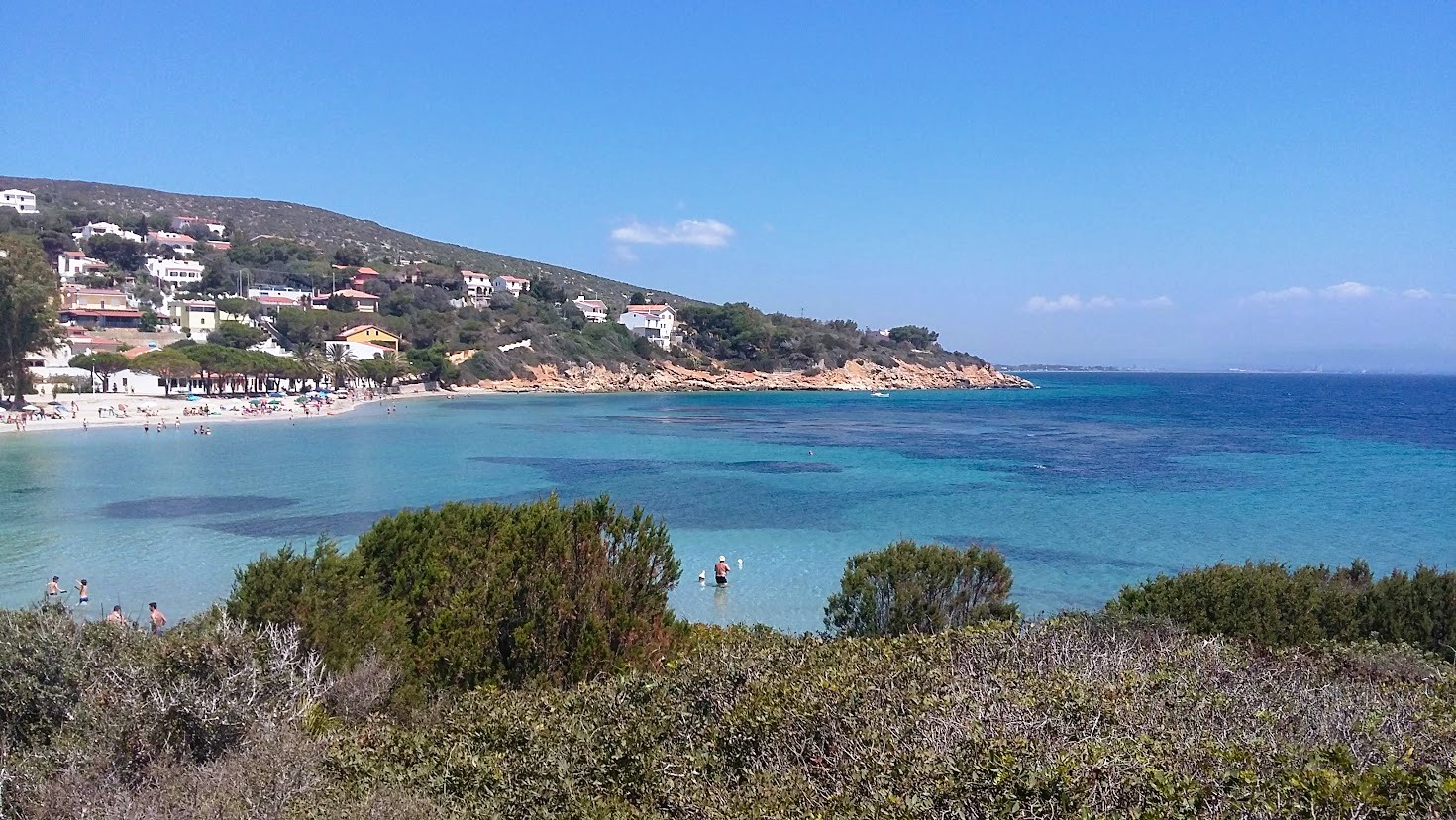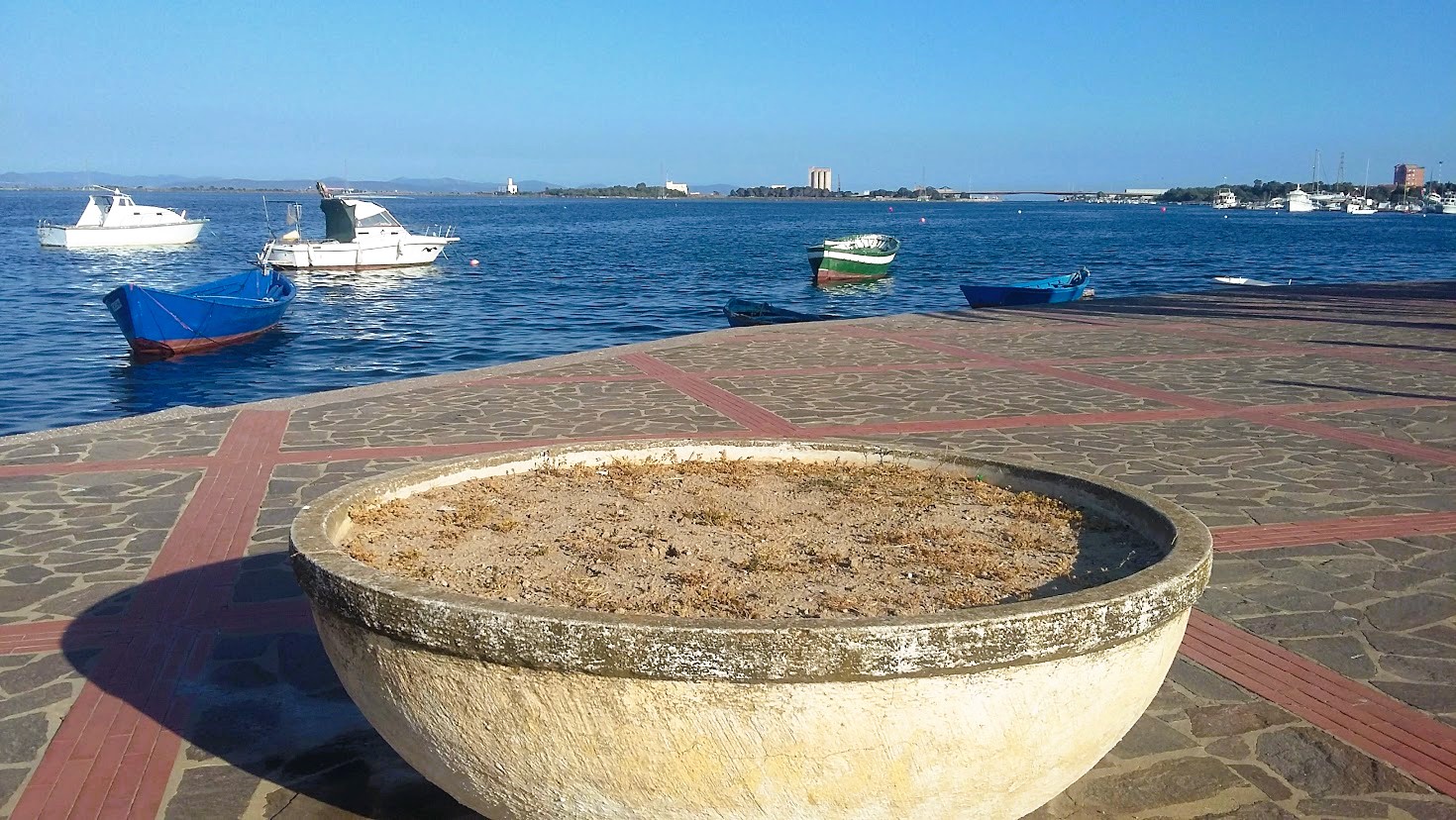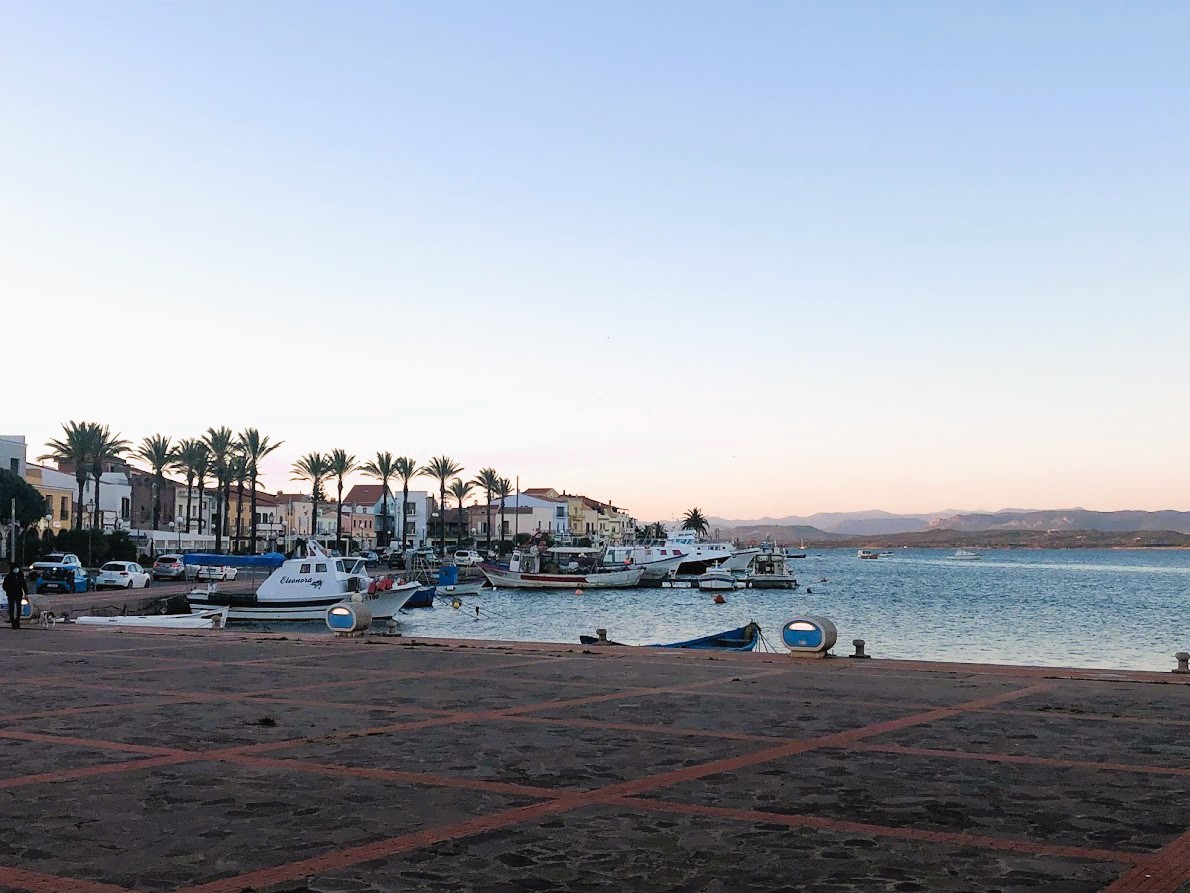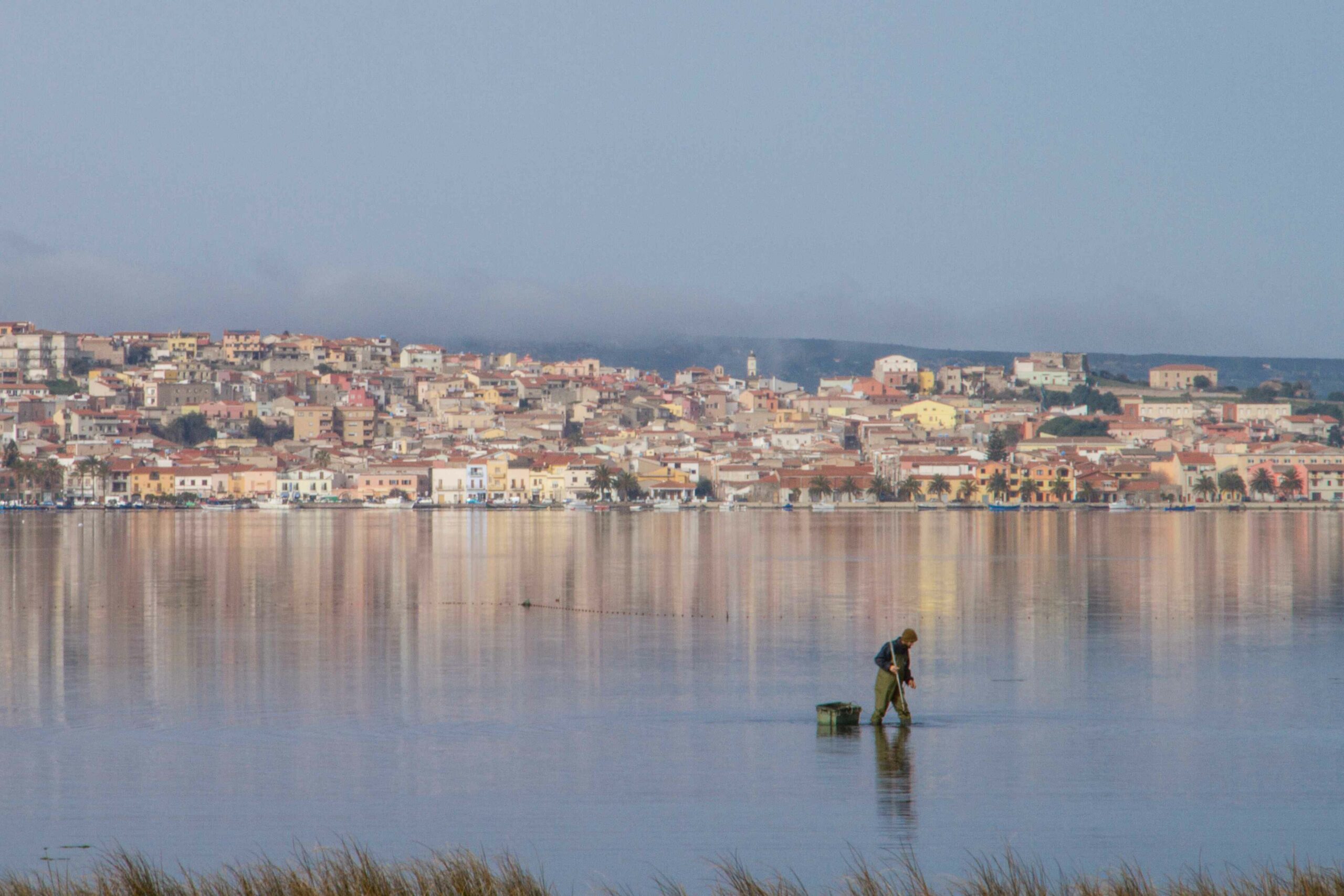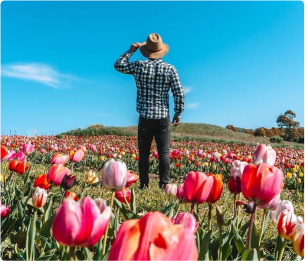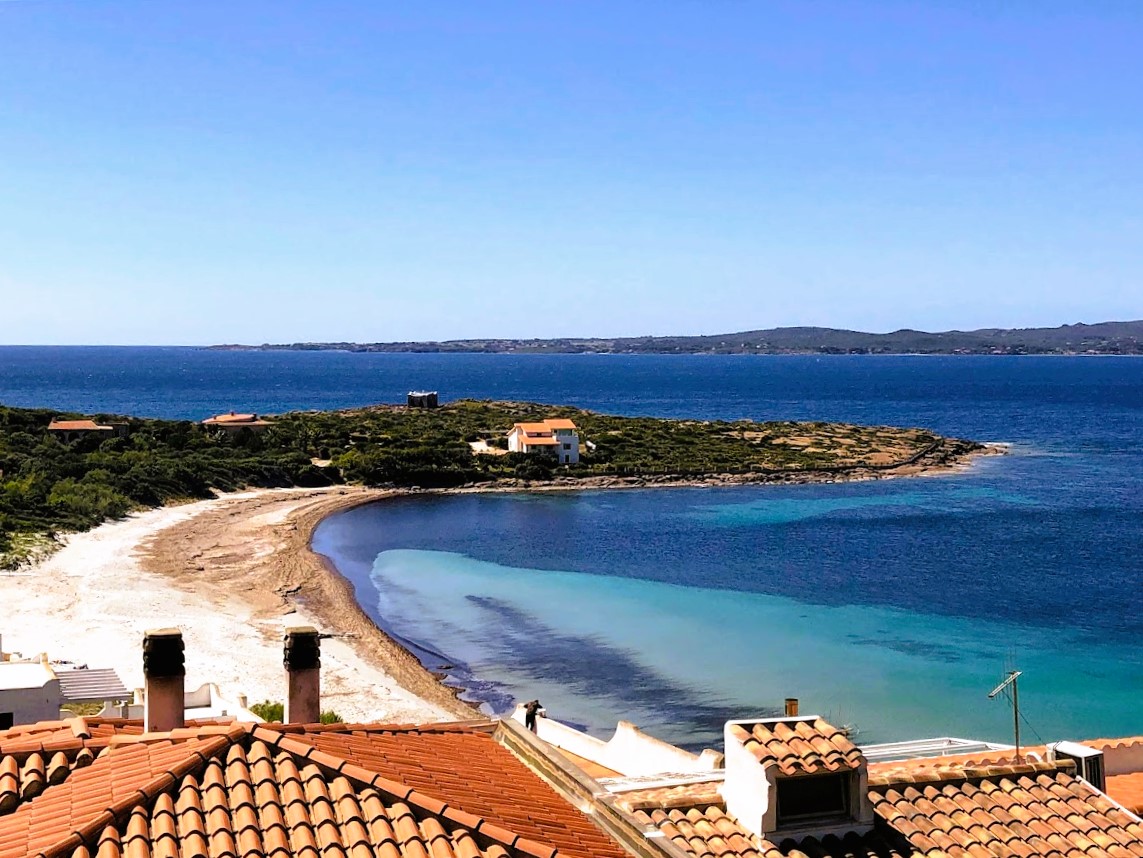
Sant’Antioco
Sant’Antioco is the largest island of the Sulcis archipelago in the south-west of Sardinia, to which it is connected by an isthmus. Originally a Phoenician-Punic, then a Roman colony, today it is a coastal settlement with a unique charm. A town full of brightly colored houses and restaurants that fill the sea air with inviting aromas – this is the charm of coastal Sant’Antioco. It is the main center of the island, inhabited by eleven thousand permanent residents and visited by more than ten thousand visitors in the summer season. Fishing, salt mining and agriculture are particularly extended here, as can be seen in the Su Magasin de su binu museum. Local industries focus on the weaving and processing of sea silk, which also has its own museum, and the manufacture of wooden boats. The MuMa museum describes maritime history and traditions, including sailing. The city, originally called Sulci, was founded by the Phoenicians (in 770 BC) and later conquered by the Carthaginians. Remains from this period can be observed on the hill above the town, where there is an open sanctuary and necropolis (from the 5th to the 3rd century BC) later used by the Romans, subsequently transformed into burial catacombs, which are truly unique on the island. Sulci experienced its greatest boom during the Roman era – together with Karalis, they were the richest cities on the island. In the center you can admire Sa Presonedda – a mausoleum (from the 1st century BC), which shows the influence of both Carthaginian and Roman cultures. The island was already inhabited in the 3rd millennium BC and the remains of the pre-Nuragic culture were also found. The tombs of Domus de Janas Is Pruinis and the menhirs of Sa Mongia and Su Para, together with the ruins of about thirty nuraghes, including the impressive Ega de Marteddu, Corongiu Murvonis and Antiogu Diana. In the vicinity you will find sacred wells and the tombs of the giants Su Niu and On Crobu. The extraordinary Grutt’i acqua complex consists of circular nuraghes, a sacred well and a village with irrigation pipes, megalithic circles and water storage caves. The village extends all the way to Port Sciusciau, the supposed Nuragic port. You can admire the excavations from this area, especially the bronze statuettes, in the F. Barreca Archaeological Museum. The island and the town are named after the saint patron of Sardinia, an African martyr who was exiled from the island. The local basilica Di Sant’Antioco is also dedicated to him, the first mention of it is from 1089, although Sulci was a bishopric from 484 (until the 13th century). The original floor plan was in the shape of a Byzantine cross, today it has three naves and the same number of apses. The eternal connection with the saint is renewed 15 days after Easter, Sardinia’s longest religious festival, which remains unchanged since 1615. Between the 16th and 17th centuries, the uninhabited island was flooded with thousands of worshipers celebrating this martyr. Nowadays, on the Saturday before Sa Festa Manna, the traditional Is Coccois (festive bread is baked) parade takes place, while other celebrations fall on August 1 and are accompanied by a parade in traditional costumes. The coast of the island is high and uneven, in the south with black trachyte cliffs and rather sandy in the north, offering ideal conditions for diving. Portixeddu beach, is located closest to the city and is lined with light cliffs and rare Phoenician junipers, dwarf palms and Mediterranean flora. Like the larger Turri beach, it has pebbles. On the other hand, Maladroxia beach offers white-grey fine sand with warm sea currents and was already frequented by the Romans. Behind the cape of Serra de is tres Portus and the pond of Santa Caterina, where storks and flamingos nest, you reach the wide, windy beach of Coqquaddus. The cliffs of Is Praneddas (or the arch of kisses) are a natural terrace where you will find yourself at a height of 200 meters above sea level. Already in the days of the Phoenicians, fishermen caught tuna fish from the salt-bleached rocks of Cala Sapone. Today, you can observe the ruins of a 19th-century fishing house here. Not far from there are other charming bays – Grotta and Signora. Capo Sperone is the southernmost point of the island, with sparkling blue sea and pink peonies. In the background are the islets of Vacca and Torro, protected landscape areas where Eleonora´s falcons fly to nest and where the sea battle between the Romans and the Sardinian Carthaginians took place in 258 BC. If you continue even further, you will come across the lonely beach of s’Ega de Is Tirias , from where you can go on a trip on mountain bikes or by boat to the beach of Portu de su Trigu. The Pilgrimage of Saint Barbara in Masua is a unique experience that combines spiritual perception with the knowledge of nature, culture and tradition of the cities and castles of Sardinia, characterized by moving stories of determination and hospitality. Good food, represents the Girotonno festival – dishes define and recount their territory. The San Pietro Island Tuna Fish Festival, which has been going on for centuries, is a pillar of the island’s gastronomic experiences.
